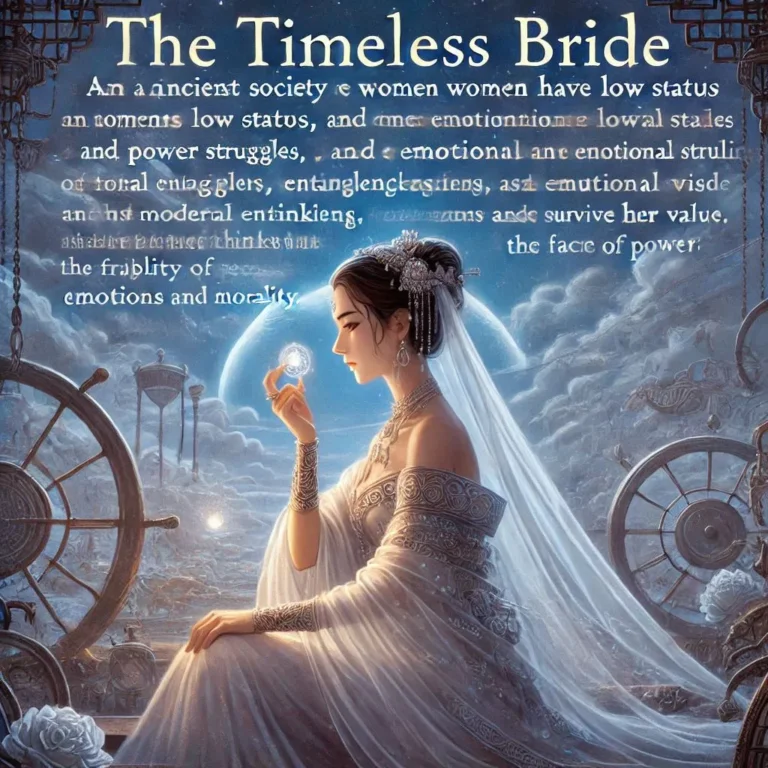“This is the first time I’ve heard Duchess Roxston speak,” another girl said. “She seems more cheerful than on TV and doesn’t have any airs about her.”
“I love her blonde hair,” a male student exclaimed. “No wonder ‘Empire Times’ always calls her the ‘Empire’s Sweetheart.'”
“Give it a rest, Zack,” a girl mocked. “You’re only good for drooling over her hologram.”
“She’s so friendly and humorous,” his girlfriend told Park. “And she seems to like you. Who’s that guy she was with?”
“Probably some nobleman,” Park sneered. “How nice does it matter? The Queen can’t wait to send her back to Roxston. She’ll marry some mediocre noble and live a boring life.”
“You don’t like her?”
“She doesn’t care if anyone likes her,” Park shrugged. “Don’t be fooled by her angelic appearance, Louise. In the royal family, the pure either weren’t born or are already dead.”
Wilhelmina rode her horse to the stables, quickly changed out of her riding clothes, and boarded a hover car back to Rose Palace. The Grand Duke of Luxembourg had to say goodbye in advance.
“This is my private number. You can contact me if you need anything, Your Highness.”
“Thank you, Your Grace,” Wilhelmina accepted the business card. “I’m sorry our date ended so abruptly. I’ll definitely make it up to you in the future.”
By the time she returned to Rose Palace, the sky had darkened.
Rose Palace was heavily guarded, with both land and air on high alert. Outside, protesters and sensationalist media were packed together, holding signs like “Severely Punish the Culprit – Protest Cover-up” and “Life for a Life.”
Although her car was escorted by police, it was still pelted with eggs and tomatoes. Flashlights created a bright light, and reporters’ microphones banged against the car windows.
“What are your thoughts on the Queen’s abuse of power?”
“Will you use your Senate voting rights early?”
“Do you support the new constitutional amendment?”
Knowing they couldn’t see inside, Wilhelmina put on sunglasses.
In the parking lot of White Buckingham Palace, Secretary Wolf was waiting. He draped a thin shawl over Wilhelmina to shield her from the cool evening breeze and accompanied her up the palace steps.
“Her Majesty hopes that all the princes and princesses will stay in their residences and await her summons.”



